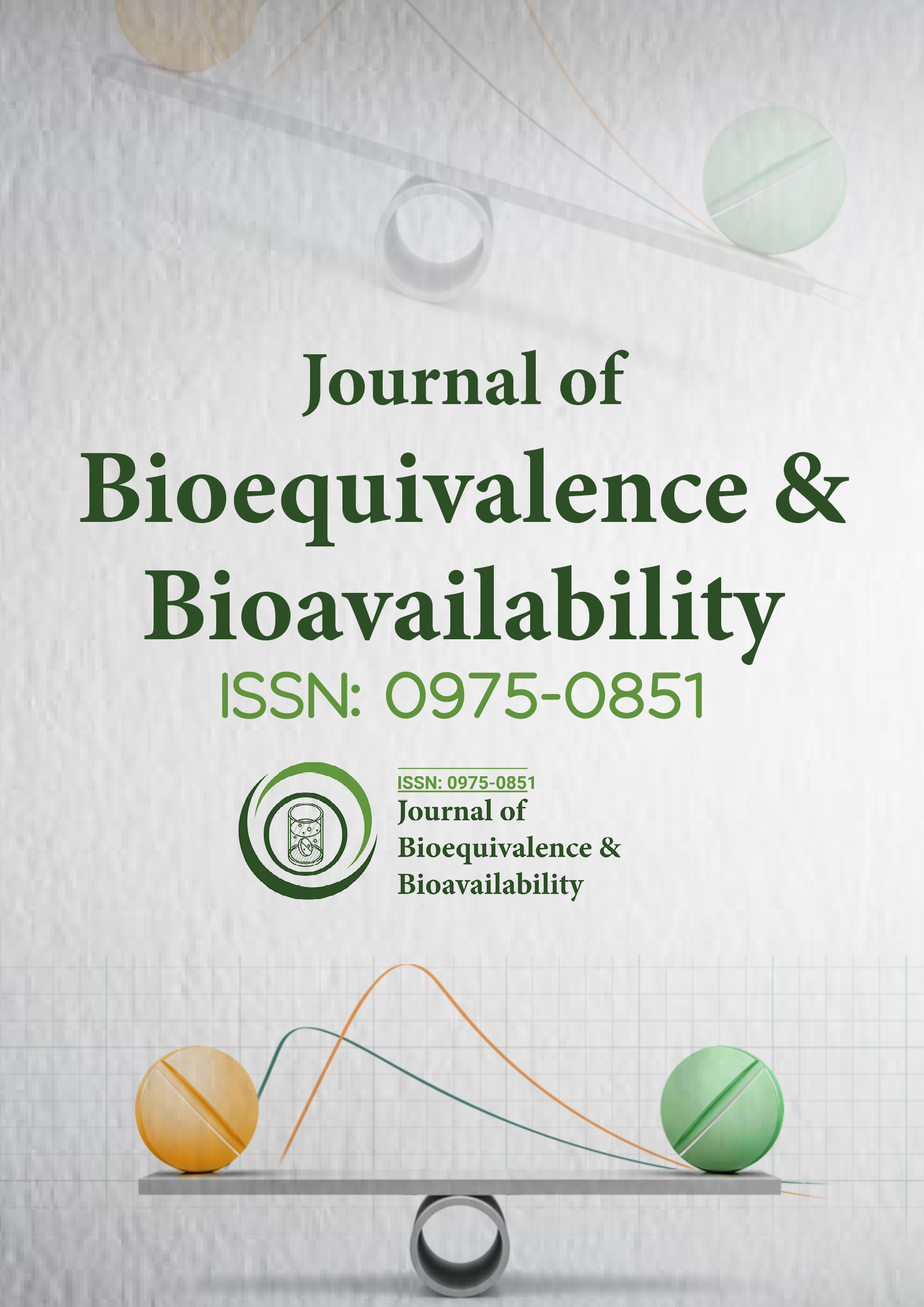Indexé dans
- Base de données des revues académiques
- Ouvrir la porte J
- Genamics JournalSeek
- Clés académiques
- JournalTOCs
- Infrastructure nationale des connaissances en Chine (CNKI)
- CiteFactor
- Scimago
- Répertoire des périodiques d'Ulrich
- Bibliothèque des revues électroniques
- RechercheRef
- Université Hamdard
- EBSCO AZ
- OCLC - WorldCat
- Catalogue en ligne SWB
- Bibliothèque virtuelle de biologie (vifabio)
- Publions
- MIAR
- Commission des bourses universitaires
- Fondation genevoise pour la formation et la recherche médicales
- Pub européen
- Google Scholar
Liens utiles
Partager cette page
Dépliant de journal

Revues en libre accès
- Agriculture et aquaculture
- Alimentation et nutrition
- Biochimie
- Bioinformatique et biologie des systèmes
- Business & Management
- Chimie
- Génétique et biologie moléculaire
- Immunologie & Microbiologie
- Ingénierie
- La science des matériaux
- Neurosciences & Psychologie
- Science générale
- Sciences cliniques
- Sciences environnementales
- Sciences médicales
- Sciences pharmaceutiques
- Sciences vétérinaires
- Soins infirmiers et soins de santé
Abstrait
Questions statistiques dans les études de biodisponibilité/bioéquivalence
Shein-Chung Chow, Laszlo Endrenyi, Eric Chi, Lan-Yan Yang et Laszlo Tothfalusi
Pour l'approbation des médicaments génériques, des études de biodisponibilité/bioéquivalence sont souvent menées afin de démontrer que les profils d'absorption des médicaments en termes d'étendue et de taux d'absorption des produits testés sont bioéquivalents à ceux du médicament innovant. Les études de biodisponibilité/bioéquivalence sont souvent menées selon un modèle croisé standard à deux séquences et deux périodes (2x2). Dans le cadre du modèle croisé standard 2x2, les méthodes statistiques sont bien établies pour l'évaluation de la bioéquivalence. Cependant, il existe une préoccupation quant à savoir si les médicaments génériques approuvés peuvent être utilisés de manière sûre et interchangeable. Dans cet article, l'interchangeabilité des médicaments dans le cadre d'une étude croisée de biodisponibilité/bioéquivalence répliquée est abordée. Plusieurs questions statistiques controversées fréquemment rencontrées dans l'évaluation de la bioéquivalence sont abordées. En outre, certaines questions fréquemment posées lors des soumissions réglementaires sont examinées. Des recommandations concernant les résolutions possibles sont formulées chaque fois que cela est possible. Certaines remarques finales sur la faisabilité de l'application des méthodes actuelles de bioéquivalence à l'évaluation de la biosimilarité des produits biologiques de suivi sont également présentées.